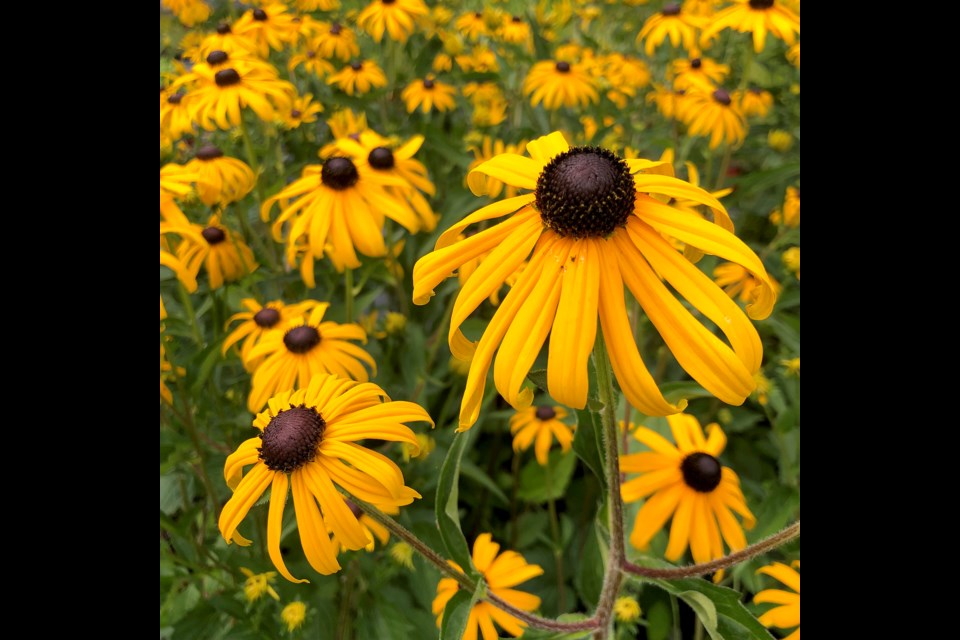As we are over halfway through our gardening year, here is a checklist of things that should be done this month.
In our vegetable gardens, we should be right in the middle of harvesting many crops, but I also think it's important to keep adding a few late vegetables.
Lettuce, radishes, spinach, Swiss chard, late cabbage, cauliflower and broccoli and green onions can still be planted from transplants.
Winter vegetables can now be transplanted for a continuous harvest over winter and into next spring.
Check the stakes on all your tomatoes, pole beans and other fruiting vines.
Heavy crops could pull them over.
Be warned: those cute little white butterflies, bobbing about in your brassicas, are going to result in baby caterpillars that will devour your cabbage and broccoli.
To combat them, try some 'Bacillus thuringiensis' (BTK) — it's a very effective organic control that immediately stops them from feeding.
It's also time to build a shelter of clear polyethylene above your tomato plants to keep water off the leaves, and you can spray a mist of copper every ten days on their foliage to prevent blight.
Old raspberry canes should be removed when production is finished to allow lots of space for new canes to develop for next year's crop.
The long runners on strawberries should be pruned back to direct all the plant's energy into strengthening existing main runners. New beds can be started now from the pruned runners.
In flower gardens, I see a few holes here and there where early annuals have finished prematurely.
Plenty of late, heat loving plants, like rudbeckia, Japanese anemones and asters are still available, and what a showing you'll get this fall from an August planting.
Dusty Miller can go in soon, as well as ornamental kale, violas, and pansies in late August.
Biennials and perennials for next year can still be seeded, and early flowering varieties divided. There are so many long-blooming, late summer perennials like Coreopsis verticillata, Geranium ‘Rozanne’, Shasta daisies, Phlox paniculata and Rudbeckia 'Goldsturm' and many more.
I would encourage everyone to take a look at what's available in garden shops this month. These and other perennials will give you reliable colour year after year.
Because they're available for such a brief time each August, I'm afraid folks will miss out on colchicums, the absolutely stunning, fall-blooming crocus. These giant bulbs will produce an abundance of flowers in September and multiply rapidly to provide a truly spectacular display.
For the best results, they need a light, well-drained soil. Try planting them under small deciduous trees like dogwoods, contorted filberts and Japanese maples for a delightful combination.
It is also a perfect time to pick certain flowers for dried specimens. Hydrangeas, straw flowers, gomphrena and dried grasses are just a few of the many annuals, perennials and shrubs available for drying.
Keep them in a cool, dark room to maintain their colour, and pick most flowers about one day before they become fully open. Hydrangeas are best if you harvest them after the flowers have matured.
Hot, dry August weather can be tough on lawns. If watering is allowed in your area, water only once a week, but water thoroughly and deeply.
If you cannot water and your lawn is brown, please be assured that it will recover.
In coastal areas, keep your lawn cut to about 2–2½ inches to conserve moisture. A last application of slow-release nitrogen fertilizer in late summer, when the rains reappear, will bring back that rich green colour.





